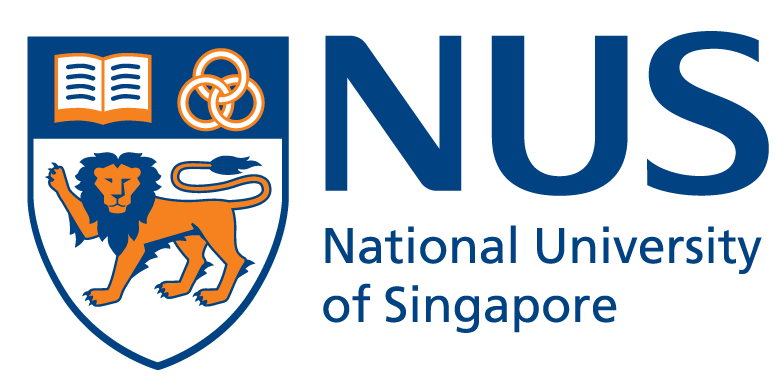NUS scientists find a key to unlocking mystery of Lou Gehrig’s Disease
Published: 13 Feb 2019

For the longest time, Amyotrophic Lateral Sclerosis was thought to be a purely motor neuron disease (MND), in which nerve cells controlling our body movements gradually break down and die. Now, a five-year study led by Dr Ling Shuo-Chien from the Department of Physiology at the Yong Loo Lin School of Medicine, National University of Singapore (NUS Medicine) has revealed that neighbouring cells known as oligodendrocytes also participate in the disease process.
In patients afflicted with ALS (known also as Lou Gehrig disease), the abnormal aggregation of a protein known as TDP-43 is a hallmark of the disease. These TDP-43 aggregates not only occur in motor nerve cells but also in oligodendrocytes. Oligodendrocytes normally function to provide support to motor nerve cells. They coat the nerve cells with a layer of fat known as myelin that help to speed up the communication between two nerve cells, ensuring that nerve signals are transmitted instantly, thus permitting intent to be translated immediately into an action. Without the myelination process, our movements will become retarded. Whether TDP-43 is important for oligodendrocytes function, which in turn may affect the health of motor nerve cells was not known until Dr Ling’s recent study. The findings were published in the leading scientific journal, Proceedings of the National Academy of Sciences of the United States of America (PNAS) in November 2018.
Starting with the simple question: what does TDP-43 do in oligodendrocytes, in addition to existing pathology findings which could not determine if the loss of TDP-43 in oligodendrocytes would contribute to ALS, the researchers decided to remove TDP-43 specifically in oligodendrocytes, which led to the discovery of the essential role of TDP-43 in oligodendrocytes, which was not known prior to the research.
Using preclinical models that have lost the expression of TDP-43 selectively in oligodendrocytes, Miss Wang Jia, a Ph.D. student in Dr Ling’s laboratory found that TDP43 is indispensable for the survival and function of oligodendrocytes. Without TDP-43, as in the case where the protein is clumped together during disease states, these cells could no longer provide proper myelin coating to motor nerve cells. Like telephone wires or internet cables that have broken down, communication between nerve cells is impeded and gradually grind to a halt.
The prevalence of motor neurone diseases like ALS is about seven per 100,000 and the average lifespan from onset of symptoms is about three to five years, although some patients like could live longer than that. Renowned physicist Stephen Hawking, who died last year, was diagnosed more than five decades ago with the incurable disease. Individuals afflicted with the disease will see the muscles in their hands and legs gradually waste away helplessly. Their lungs will gradually also become weaker. As the disease also affects swallowing ability, ALS patients frequently need feeding tubes.
“It is worth noting that oligodendrocytes are important for our brain’s white matter, whose degeneration is associated with cognitive decline in aged individuals and patients with dementia. Interestingly, abnormal TDP-43 aggregation also occurs in dementia such as Alzheimer’s disease. Thus, boosting oligodendrocyte function may be considered as an additional therapeutic intervention for not just ALS but also age-related cognitive decline,” said Dr Ling.
Dr Ling’s research helps scientists better understand ALS, leading to the possibility of an eventual treatment for the condition. “Despite multiple clinical therapeutic trials for ALS, a cure has yet to be discovered. This discovery is a further breakthrough in understanding the pathophysiology of ALS, and will help future work on therapeutic options to significantly slow down, or even cure, the disease,” said Dr Kay Ng, Consultant, Division of Neurology, National University Hospital.
Initially funded by the NUS and National University Health System, the project is now funded by the National Medical Research Council.
News Coverage

